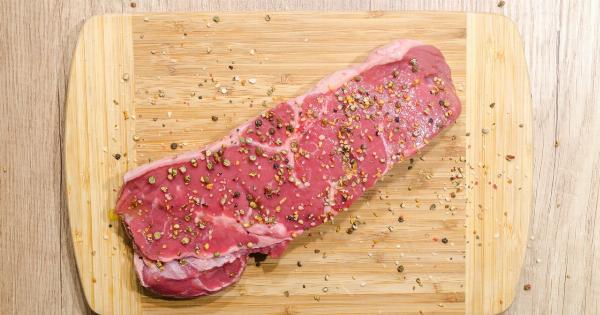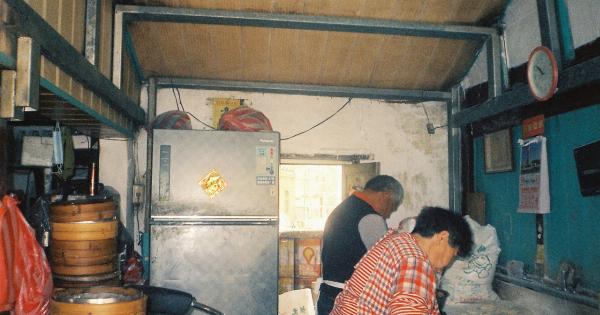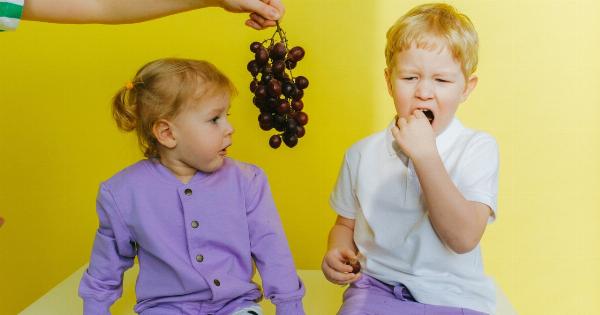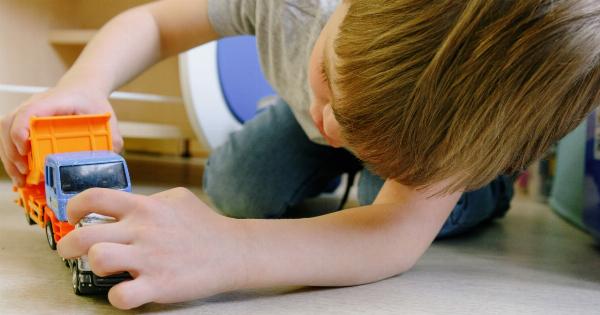Childhood is a time of exploration and discovery. Children are naturally curious and eager to learn about the world around them.
Unfortunately, this curiosity can sometimes lead to dangerous situations, especially when it comes to the ingestion of small objects. In recent years, there has been a growing trend of child ingestion of small objects, posing a significant risk to children’s health and well-being.
What are Small Objects?
Small objects refer to any item that is small enough to fit into a child’s mouth and pose a choking hazard. Examples of small objects include coins, buttons, batteries, beads, marbles, tiny toys, and small food items such as grapes or nuts.
These objects can easily become lodged in a child’s windpipe, leading to choking or blocked airways.
Why Do Children Ingest Small Objects?
There are several reasons why children may ingest small objects. Young children often explore the world through their mouths, as this is one of their primary ways of experiencing their surroundings.
They may see a shiny object or brightly colored item and be tempted to put it in their mouths out of curiosity. Furthermore, some children may imitate older siblings or friends who are putting objects in their mouths as part of their play or learning activities.
Additionally, children can accidentally ingest small objects when playing with toys that have detachable parts or when they are given inappropriate toys meant for older age groups.
For example, toys with small parts intended for children over the age of three can still pose a significant risk to younger children who are predisposed to putting things in their mouths.
The Risks of Ingesting Small Objects
Ingesting small objects can have severe consequences for a child’s health. The most immediate risk is choking, as small objects can block a child’s airway, making it difficult or impossible for them to breathe.
If the object becomes lodged in the windpipe, emergency intervention is needed to dislodge it and prevent further complications.
In some cases, if the small object makes its way past the windpipe and into the digestive system, it can cause intestinal blockages or other internal injuries.
These injuries may require surgical intervention to remove the object and repair any damage caused. The ingestion of certain hazardous objects, such as batteries, can also lead to chemical burns or poisoning.
Prevention and Safety Measures
Prevention is key when it comes to reducing the risk of child ingestion of small objects. Parents and caregivers should be vigilant and take appropriate measures to create a safe environment for children. Here are some safety tips:.
1. Supervision
Always supervise young children, especially those under the age of three, while they are playing. Keep a close eye on them to ensure they do not put small objects in their mouths.
It is also essential to provide appropriate supervision when older siblings or friends are present, as they may unknowingly leave small objects within reach.
2. Age-Appropriate Toys
Provide children with toys that are age-appropriate and free from small parts that can be easily detached.
Read the warning labels on toys to determine the recommended age range and only give toys that are suitable for the child’s developmental stage.
3. Secure Small Objects
Keep small objects, such as coins, buttons, or batteries, out of reach of young children. Store them in child-proof containers or lock them away in cabinets or drawers to prevent accidental ingestion.
4. Educate Children
Talk to children about the dangers of putting small objects in their mouths. Teach them about the risks of choking and explain which objects are unsafe to play with or ingest.
Encourage open communication, so they feel comfortable asking questions or seeking help if they accidentally swallow something.
5. Be Aware of Hazards
Regularly inspect your home for potential hazards. Check for loose buttons, dangling cords, or small objects that may have been dropped or left in easily accessible areas.
Being proactive in identifying and removing potential hazards reduces the risk of accidental ingestion.
Immediate Action in Case of Ingestion
If you suspect that a child has swallowed a small object, it is essential to act quickly. Follow these steps:.
1. Stay Calm
Remain calm, as panicking can make the situation more difficult. Keep in mind that most swallowed objects pass through the digestive system without causing harm.
2. Assess the Situation
Determine if the child is displaying any signs of distress or if they are having difficulty breathing. If they are coughing, speaking, or breathing normally, then the object may still be in the windpipe and needs immediate attention.
3. Perform Back Blows and Abdominal Thrusts
If the child is conscious and coughing forcefully, encourage them to continue coughing to try and dislodge the object. Do not intervene unless the child’s coughing becomes ineffective or they are unable to breathe.
If the child is unable to breathe, perform back blows and abdominal thrusts (Heimlich maneuver) appropriate for their age group. Seek emergency medical assistance immediately.
4. Seek Medical Help
If back blows and abdominal thrusts do not dislodge the object, seek immediate medical attention. Do not attempt to remove the object yourself, as you could cause further harm or complications.
Conclusion
The growing trend of child ingestion of small objects is concerning and requires immediate attention from parents, caregivers, and society as a whole.
By taking preventative measures and creating a safe environment for children, we can reduce the risk of accidents and ensure their well-being. It is crucial to supervise young children, provide age-appropriate toys, secure small objects, educate children about the dangers, and be aware of potential hazards.
Furthermore, knowing how to respond in case of ingestion is essential for prompt and appropriate action. Let us work together to protect our children and keep them safe from the dangers of small object ingestion.






























